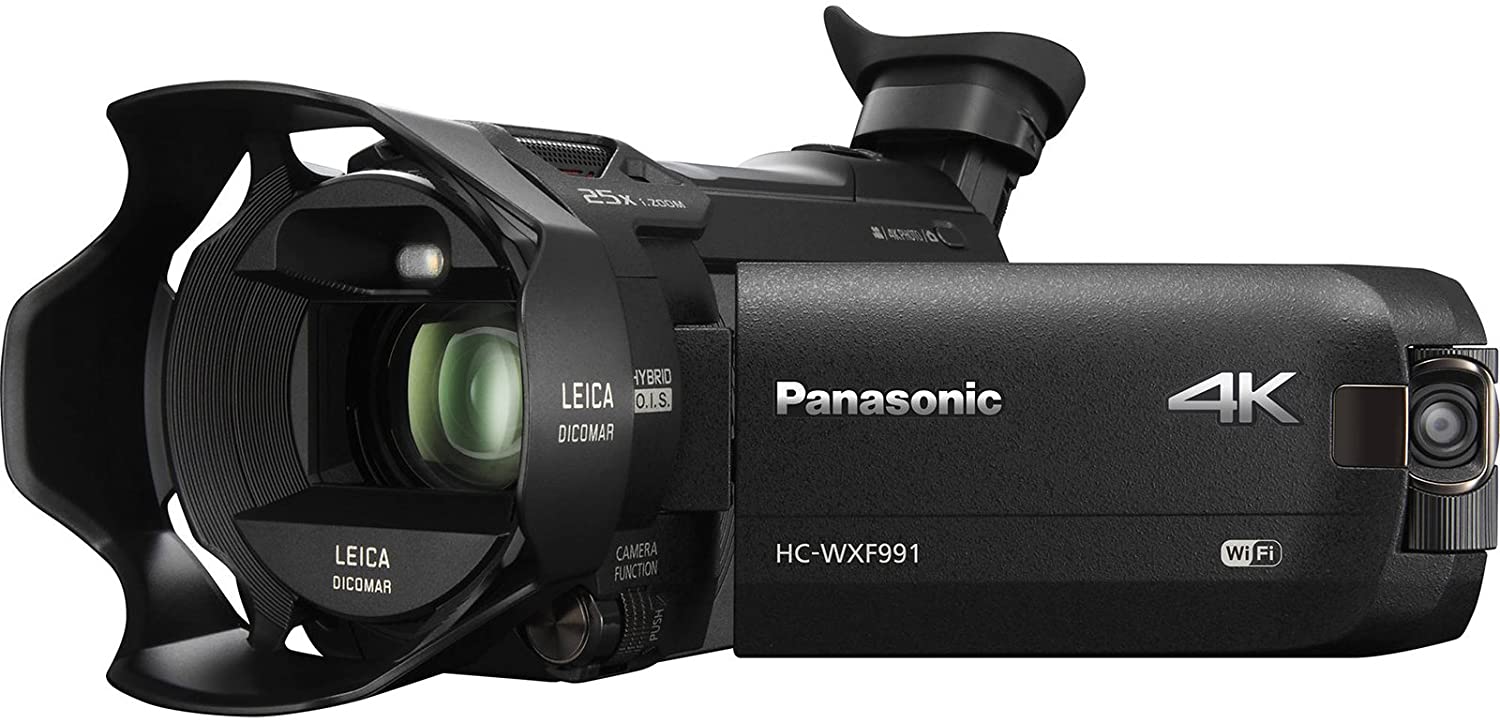If you do not think that working out is painful, you will not get any benefit from it.
You’ve all heard it: “No pain, no gain”. People promoting hard fitness methods on social media want you to work hard to reach your goals. But how hard is too hard?
The truth is that you’ll never hear a professional athletic trainer recommend pain to get gains. On the contrary, experts warn about the “no pain,no gain” myth.
What does “no pain, no gain” mean?
Gym-goers have been using this saying for a long time to motivate them to keep pushing through hard workouts. Essentially, many people believe that if you are not experiencing pain in your muscle, then you are not working hard enough to have physical gains.
It is believed that you should exercise until you feel pain. It is during these painful times that you will begin to build up the endurance and toughness that will allow you to exercise and become more physically fit.
Is that true?
The problem with “no pain,no gain”
Pain is a signal your brain sends to let your body know that it is time to stop. Pain is linked to many causes,but one thing is certain: The brain isn’t trying to test your toughness. Its giving you a warning signal.
If you disregard the pain signals that you are given,you are putting your body in danger. Pushing through the pain can have harmful consequences and even lead to an injury. So,it becomes important to learn what triggers the signal and how you should react to it.
Why do I feel pain when exercising?
Pain means that there is something wrong with the current exercise. But some time later,that pain may be due to your being tired or even to your posture. Because the problem usually doesn’t come from within the body,you can understand it better so that you can respond to it more appropriately.
Pain may signal that you are exercising too much or too often,and this can cause you to get injured. This can lead to muscle strains and even fracture in extreme situations. Varying the exercises you do and paying attention to what your body is telling you can help prevent this from happening.
If you are suffering from severe pain when doing a movement,such as lifting heavy weights,you may be not doing it correctly; for example,if you have a backache while lifting heavy weights,you may be lifting heavy weights with a rounded back. If you use a professional personal trainer, you will eventually have the right posture. Pain can be your indicator that your performance is improper,for example,lifting weights with a rounded back.
Even though pain may help you challenge yourself,it does not mean you must keep going if you continue to suffer pain. Pain is the way your brain is trying to tell you to stop what you are doing.
Muscle soreness vs. pain
Most people mistake pain for muscle soreness when they work out. People develop sore muscles,or delayed onset muscle soreness,which is a natural response to any challenging routine. It can be uncomfortable but typically disappears after a rest period. Soreness affects the whole area you’ve trained.
On the other hand,pain is more localized and can be sharp. It can limit your range of motion. It can appear only for specific movements and pressure points. Additionally,it can be accompanied by swelling,an inflammation response,or even bruising. This type of pain is indicative of a risk of injury or an existing injury. It is very important that you stop doing what you are doing when you feel pain.
Are you are trying to get fit,but are enduring constant pain? It can be helpful to reach out to your doctor to check for potential injuries or weaknesses. You should also spend time practicing good postures and proper techniques when you work with a good personal trainer.
Want to find out more about getting fit without the pain? Future Fitness in Fort Worth,TX,has a dedicated team of experts providing personal training and corrective training to help people achieve their fitness goals as painlessly as possible.


